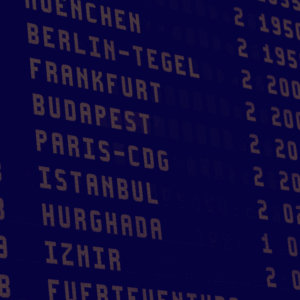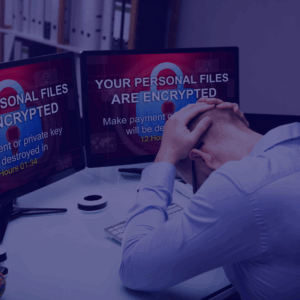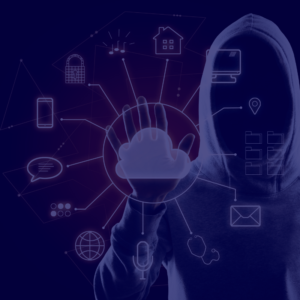Types of Ransomware
We identify threats and develop cyber solutions to recover all different types of ransomware, restore all your critical data and protect your reputation from data breach.
HELPRANSOMWARE IS RECOMMENDED BY
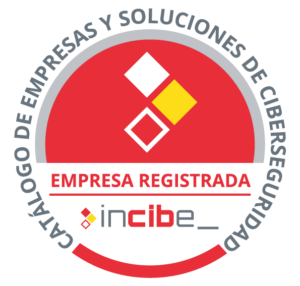






HELPRANSOMWARE IS RECOMMENDED BY
What Are The Four Most Common Types of Ransomware?
Locker Ransomware
This type of ransomware locks users out of their devices, preventing access to files, applications, and sometimes even the entire system. Victims are typically presented with a message demanding payment to regain access.
Double Extortion Ransomware
Double extortion ransomware not only encrypts files but also steals sensitive data from the victim's system. Attackers then threaten to release or publish this stolen data unless a ransom is paid in addition to the decryption fee.
Crypto Ransomware
Crypto ransomware encrypts files on the infected system using strong encryption algorithms, making them inaccessible without a decryption key. Victims are then extorted for payment in exchange for the decryption key to restore access to their files.
Ransomware as a Service (RaaS)
RaaS is a model where cybercriminals rent or purchase ransomware variants and related services from developers on the dark web. This lowers the barrier to entry for aspiring cybercriminals, leading to a proliferation of ransomware attacks.

RANSOMWARE RECOVERY SERVICE
Key Ransomware Variants
Avaddon
Cryptolocker
Dever
Dharma
Eking
Globeimposter
Phobos
Phobos, a variant of the Dharma ransomware, encrypts user data, posing significant threats to data integrity. Its emergence underscores the evolving tactics of ransomware attacks.
Roger
Roger ransomware encrypts files with a .ROGER extension, posing significant challenges to data accessibility. Prompt response and data backup strategies are imperative for mitigating its impact.
Stop/Djvu
Additional Ransomware Types Handled by Our Team
Our experienced professionals have successfully mitigated a wide array of ransomware threats, including:
- Alphv (BlackCat)
- AvosLocker
- Bianlian
- Black Basta
- BlackByte
- Bl00dy
- Cactus
- Cryptnet
- Cuba
- Daixin
- DarkSide
- Dark Power
- Entropy
- Everest
- Hive
- Industrial Spy
- Karakurt
- KelvinSecurity
- Lorenz
- LV
- MalasLocker
- Mallox
- Maze
- Money Message
- Monti
- Nokoyawa
- 0mega
- Onyx
- PLAY
- Prometheus
- Mespinoza
- Quantum
- Qilin
- RA Group
- Ragnar Locker
- Rancoz
- RansomEXX
- RansomHouse
- Rhysida
- RobbinHood
- Royal
- Shadow
- SiegedSec
- Snatch
- STORMOUS
- Trigona
- V is Vendetta
- Vice Society
- 8Base
Action Steps in Case of a Ransomware Attack
Here’s a quick guide on what to do the moment you suspect a ransomware attack:
- Do Not Power Off or Restart Your Infected Device
- Keeping the infected machine running preserves crucial evidence.
- Avoid Attempting to Recover the Ransomware Yourself
- It can lead to permanent data loss.
- Contact HelpRansomware
- We'll ensure all necessary steps are taken to address the attack. 24/7.
- Document Everything
- Note any unusual messages, ransom notes, or other details.
- Never pay the ransom
Ransomware Recovery Certifications
We are certified by these strict privacy & security protocols to bring you the best in ransomware recovery and data restoration.

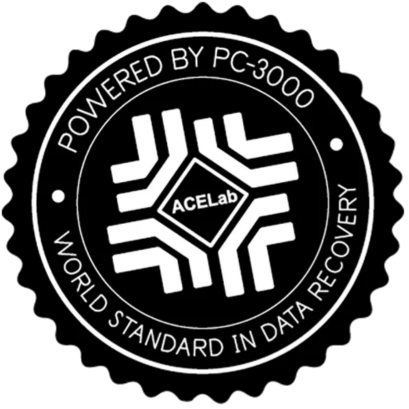
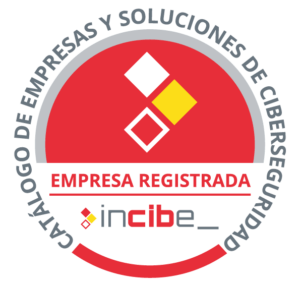


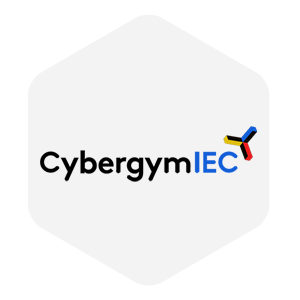
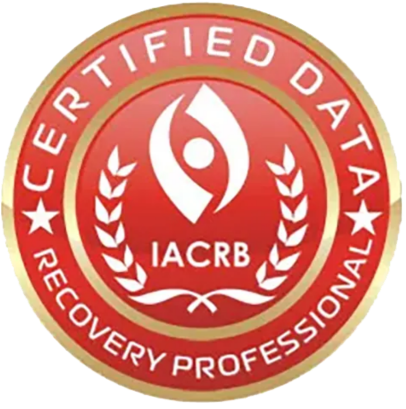
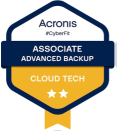
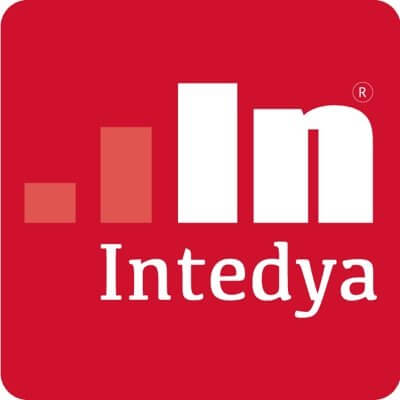
Action Steps in Case of a Ransomware Attack
Here’s a quick guide on what to do the moment you suspect a ransomware attack:
- Do Not Power Off or Restart Your Infected Device: Keeping the infected machine running preserves crucial evidence.
- Avoid Attempting to Recover the Ransomware or Decrypt Files Yourself: It can lead to permanent data loss.
- Contact HelpRansomware: We'll ensure all necessary steps are taken to address the attack. 24/7.
- Document Everything: Note any unusual messages, ransom notes, or other details.
- Never pay the ransom
Ransomware Recovery Certifications
We are certified by these strict privacy & security protocols to bring you the best in ransomware recovery and data restoration.
HOW WE DO
We Analyze & Recover Ransomware To Restore All Your Critical Data


Ransomware Analysis
Our Ransomware Analysis is a critical diagnostic stage where we scrutinize the encryption's anatomy and understand its unique footprint.
We have a forensic approach that ensures we know your adversary inside out.
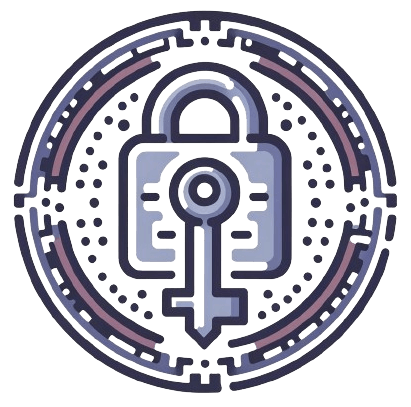
Ransomware Recovery
We deploy cutting-edge recovery tools and our expert know-how to break the chains of ransomware.
Our goal is to outsmart the malware and unlock your data, restoring the access and control.
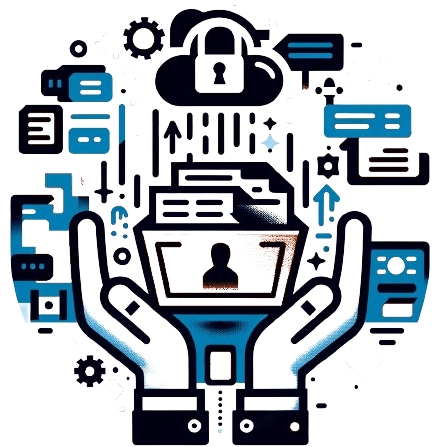
Data Restore
After breaking the recovery, we focus on what matters most—your data.
We handle your digital assets with the utmost care, using advanced restore techniques to resurrect your data.

Guaranteed Results
We stand behind our expertise and our service, ensuring that every file held hostage by ransomware is returned to you intact.
If we can’t recover your data, there’s no charge for our efforts.
Facing a ransomware attack can be daunting, but you’re not alone: HelpRansomware is at your service to secure your data and restore your peace of mind.
What you’re receiving:
- Free Initial Consultation
- Fast Ransomware Analysis
- Guaranteed Data Recovery
- Transparent Pricing
- 24/7/365 Operation
- Proven Ransomware Experts
1 Free consultation
2 Review your case
3 Send you a custom proposal
Browse Our Ransomware Expert Resources
AS SEEN ON
We are Recognized by Leading Publications
HOW WE DO
We Analyze & Recover Ransomware To Restore All Your Critical Data


Ransomware Analysis
Our Ransomware Analysis is a critical diagnostic stage where we scrutinize the encryption's anatomy and understand its unique footprint.
We have a forensic approach that ensures we know your adversary inside out.

Ransomware Recovery
We deploy cutting-edge recovery tools and our expert know-how to break the chains of ransomware.
Our goal is to outsmart the malware and unlock your data, restoring the access and control.

Data Restore
After breaking the recovery, we focus on what matters most—your data.
We handle your digital assets with the utmost care, using advanced restore techniques to resurrect your data.

Guaranteed Results
We stand behind our expertise and our service, ensuring that every file held hostage by ransomware is returned to you intact.
If we can’t recover your data, there’s no charge for our efforts.
Facing a ransomware attack can be daunting, but you’re not alone: HelpRansomware is at your service to secure your data and restore your peace of mind.
What you’re receiving:
- Free Initial Consultation
- Fast Ransomware Analysis
- Guaranteed Data Recovery
- Transparent Pricing
- 24/7/365 Operation
- Proven Ransomware Experts
1 Free consultation
2 Review your case
3 Send you a custom proposal


